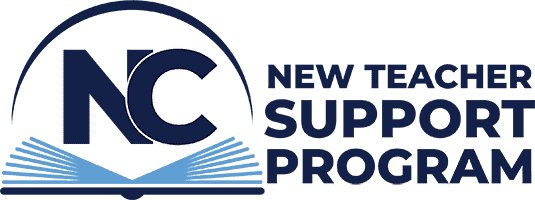Strategic Review Tactics: Purposeful Strategies for End-of-Year Success
Preparing students for the end-of-year assessments is a massive endeavor for all educators. Teachers have worked hard all year to arm their students with the skills essential for success, and the final hurdle is right around the corner.
Every year during this time, teachers seek strategies to be the cornerstone of well-balanced review sessions. However, not just any strategies will suffice; teachers want the “biggest bang for their buck.” High-leverage strategies are vital in promoting recall, reinforcing comprehension, and aiding students in making meaningful connections between concepts and assessments. Such strategies are intentional and incorporated into review purposefully.
Purposeful review provides students an additional opportunity to attain learning objectives and demonstrate mastery, which is mutually beneficial for all parties involved. The key to crafting purposeful review lies in focusing on intentionality, ensuring that every moment propels students closer to positive outcomes.
Below are five strategies for promoting purposeful review, ensuring teachers get the “most for their money” this testing season.
Spiral Review
Spiral Review involves revisiting and reviewing previously learned concepts throughout a lesson, unit, semester, or academic year. Rather than teaching concepts in isolation and moving forward, teachers incorporate previously learned material through review while teaching new concepts. Spiral reviews can come in many forms, including bellringers, designated review days (Test Taking Tuesday, What You Remember Wednesday, Throwback Thursday), and infusing previous content into upcoming assessments.
Targeting Vocabulary
Tier II words are more advanced and are context-dependent, such as “analyze” or “infer.” These words are critical for comprehension and academic success but may be less familiar to students than those they use in everyday conversation. Tier III words are subject-specific, such as “photosynthesis” in biology or “quadratic equation” in mathematics. Students may only encounter a Tier III word in a given subject. An easy way to target Tier II and Tier III vocabulary is to annotate lesson essential questions and “I Can” statements. Take a step further after practicing by applying the strategy to assessment questions.
Mind Mapping/Brain Dumping
Visual teaching and learning have a proven record of boosting student achievement. Bring concepts to life by having students create diagrams that start with a central concept or topic and branch out into subtopics or related ideas. Students don’t have to be artists to make their learning visual. Instead, they can “brain dump” everything they can recall about a concept onto a piece of chart paper or a whiteboard. These strategies promote brainstorming, the organization of thoughts, and the creation of connections.
Retrieval Practice
Retrieval practice plays a vital role in review, as retrieval is the basis of any assessment. Students must be able to recall previously learned information and reconstruct it without assistance. To reinforce retrieval skills, have students create and practice with flashcards, create and take their own quizzes, and provide them with practice on released tests. After practicing, simulate the testing environment by adding time limits and similar parameters.
Gamify It
Adding elements of gaming to the classroom can make learning more engaging. By adding a competitive element, students can review previously learned concepts and take on assessment questions. Consider adding a point system or rewards to level up the fun.
Deliberately approaching review with proven strategies optimizes students’ preparedness for end-of-year assessments. Employing these strategies will empower educators and students alike. Now, it’s only a matter of effortlessly jumping that last hurdle.
References:
Holland, N. (2023b, August 15). How to read and interpret research to benefit your teaching practice. Edutopia. https://www.edutopia.org/article/using-research-improve-teaching/
Hutton, T. (n.d.). Three Tiers of Vocabulary and Education. Handy handout #182: three tiers of vocabulary and Education. https://www.handyhandouts.com/viewHandout.aspx?hh_number=182&nfp_title=Three%2BTiers%2Bof%2BVocabulary%2Band%2BEducation
Pino-James, Nicolás. “Golden Rules for Engaging Students in Learning Activities.” Edutopia, George Lucas Educational Foundation, 11 Dec. 2015, www.edutopia.org/blog/golden-rules-for-engaging-students-nicolas-pino-james
Powell, L. (2023, May 9). Successful revision strategies. https://www.ocr.org.uk/blog/successful-revision-strategies/
